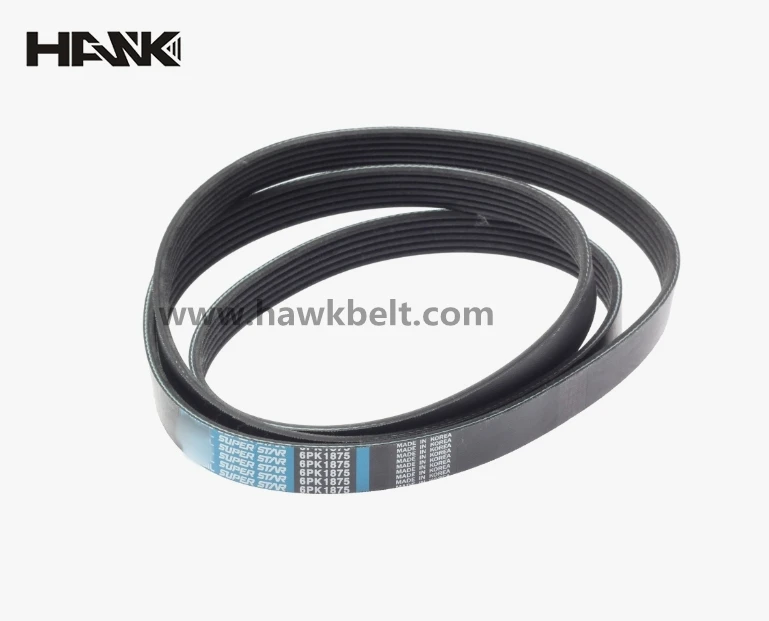- Arabic
- French
- Russian
- Spanish
- Portuguese
- Turkish
- Armenian
- English
- Albanian
- Amharic
- Azerbaijani
- Basque
- Belarusian
- Bengali
- Bosnian
- Bulgarian
- Catalan
- Cebuano
- Corsican
- Croatian
- Czech
- Danish
- Dutch
- Afrikaans
- Esperanto
- Estonian
- Finnish
- Frisian
- Galician
- Georgian
- German
- Greek
- Gujarati
- Haitian Creole
- hausa
- hawaiian
- Hebrew
- Hindi
- Miao
- Hungarian
- Icelandic
- igbo
- Indonesian
- irish
- Italian
- Japanese
- Javanese
- Kannada
- kazakh
- Khmer
- Rwandese
- Korean
- Kurdish
- Kyrgyz
- Lao
- Latin
- Latvian
- Lithuanian
- Luxembourgish
- Macedonian
- Malgashi
- Malay
- Malayalam
- Maltese
- Maori
- Marathi
- Mongolian
- Myanmar
- Nepali
- Norwegian
- Norwegian
- Occitan
- Pashto
- Persian
- Polish
- Punjabi
- Romanian
- Samoan
- Scottish Gaelic
- Serbian
- Sesotho
- Shona
- Sindhi
- Sinhala
- Slovak
- Slovenian
- Somali
- Sundanese
- Swahili
- Swedish
- Tagalog
- Tajik
- Tamil
- Tatar
- Telugu
- Thai
- Turkmen
- Ukrainian
- Urdu
- Uighur
- Uzbek
- Vietnamese
- Welsh
- Bantu
- Yiddish
- Yoruba
- Zulu
Nov . 04, 2024 19:17 Back to list
V Ribbed Belt Pulley Design and Application in Automotive Systems
Understanding V Ribbed Belt Pulleys Mechanics and Applications
V ribbed belt pulleys play a crucial role in various mechanical systems, providing efficient power transmission between different components. These specialized pulleys are designed to work in conjunction with V ribbed belts, ensuring smooth operation while maximizing grip and minimizing slippage. In this article, we will explore the characteristics, advantages, design considerations, and applications of V ribbed belt pulleys.
Characteristics of V Ribbed Belt Pulleys
V ribbed belt pulleys are distinguished by their design, which features multiple grooves that correspond to the ribs of the belt. This design allows for increased surface contact between the belt and the pulley, leading to improved power transfer efficiency. The ribs of the belt fit snugly into the grooves of the pulley, which helps maintain alignment and stability during operation.
The material of the pulleys can vary, with common options including aluminum, steel, and sometimes composite materials, depending on the application requirements. These materials offer a balance between strength, weight, and resistance to wear and tear, ensuring longevity in demanding environments.
Advantages of V Ribbed Belt Pulleys
1. High Efficiency One of the primary benefits of using V ribbed belt pulleys is their ability to transmit power efficiently. The design minimizes energy losses that can occur through slippage, allowing for more effective use of the power generated by engines or motors.
2. Reduced Noise Compared to traditional flat belts or other transmission systems, V ribbed belts and pulleys create less noise during operation. The design helps dampen vibrations, making them ideal for applications in automotive and household appliances where noise reduction is important.
3. Compact Design The V ribbed belt system is more compact than other transmission methods, such as chain drive systems. This compactness allows for the design of smaller and lighter machinery without compromising performance.
4. Low Maintenance V ribbed belts generally require less maintenance than chain or gear systems. They do not require lubrication, reducing the need for regular maintenance checks and associated costs.
v ribbed belt pulley

5. Versatility These pulleys can accommodate various sizes and configurations, making them suitable for a wide range of applications, from automotive engines to industrial machinery.
Design Considerations
When designing or selecting V ribbed belt pulleys, several factors must be taken into account
- Load Capacity It’s essential to assess the load that the pulley will need to handle. Excessive loads can lead to premature wear or failure of the belt and pulley system.
- Speed and RPM The speed at which the pulley will operate influences the choice of materials and design. Higher speeds may require specific materials or designs to ensure stability and reduce heat.
- Environmental Factors Consider the operating environment, including temperature, humidity, and exposure to chemicals. Some materials may perform better in particular conditions than others.
- Belt Size and Type The pulley design must match the ribbed belt size and type to ensure optimal performance. Incorrect matching can lead to increased slippage and reduced efficiency.
Applications of V Ribbed Belt Pulleys
V ribbed belt pulleys are prevalent in numerous industries. In automotive applications, they are commonly found in the drive systems of engine components, allowing for the efficient operation of alternators, water pumps, and air conditioning systems. In industrial settings, they are used in conveyors, fan drives, and various machinery, offering flexibility and reliability.
In conclusion, V ribbed belt pulleys represent a vital component in mechanical systems, providing efficient power transmission with a wealth of advantages. Their design allows for low maintenance, better energy efficiency, and noise reduction, making them a preferred choice in a variety of applications. Understanding their characteristics and applications is essential for engineers and technicians aiming to optimize mechanical performance in their respective fields.
-
High-Quality Endless Flat Drive Belt for Precision Power Transmission
NewsJul.24,2025
-
High-Performance Serpentine Belt for Car Engines – Durable & Reliable
NewsJul.23,2025
-
High Efficiency V Belt Drive with Double & Toothed Options for Industry
NewsJul.22,2025
-
Affordable Fan Belt Cost - Compare Prices & Save | Auto Parts Deals
NewsJul.22,2025
-
China Factory 6PK1130 EPDM Rubber Engine Conveyor Belt Supplier
NewsJul.21,2025
-
Korean Auto Parts Timing Belt 24312-37500 For Hyundai/Kia
NewsMar.07,2025

